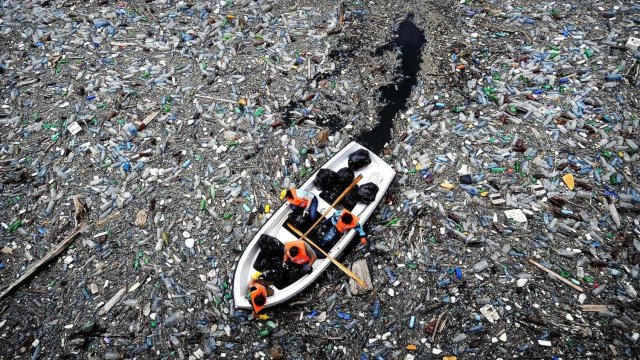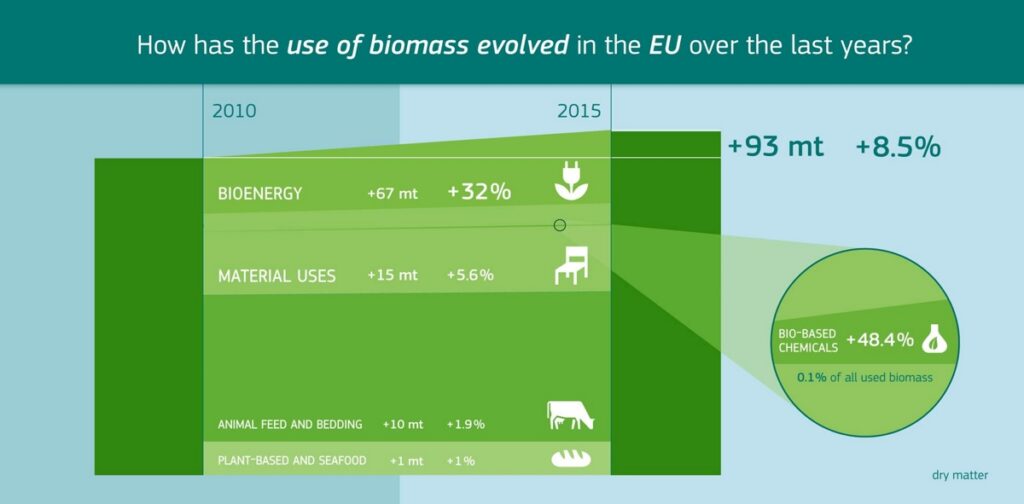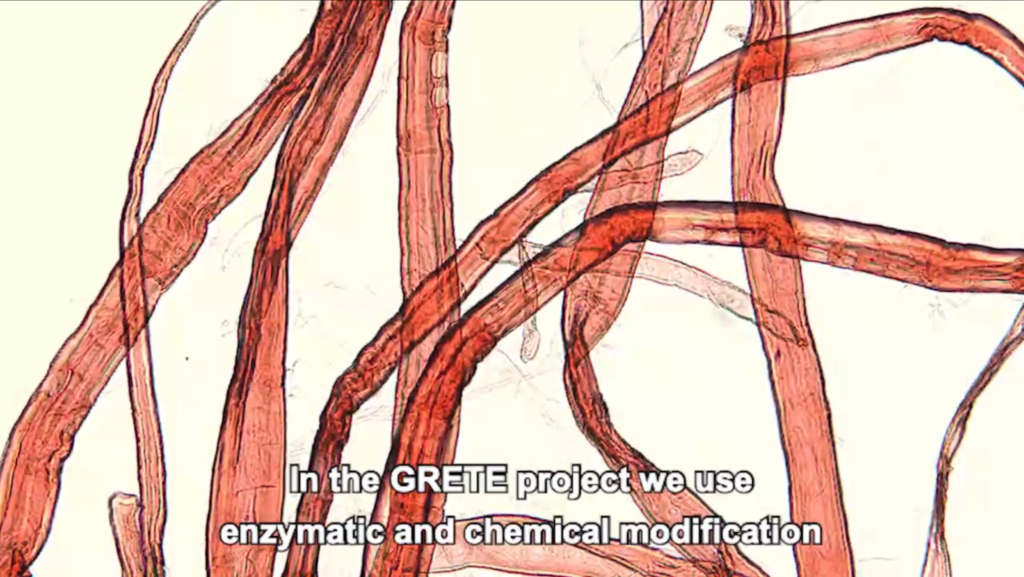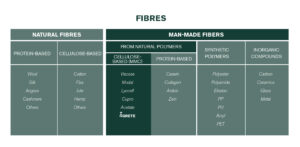Encouraged by the ongoing COVID-19 pandemic that is questioning a lot of our current models and habits, the civil society is manifesting environmental concerns and consumers show raised interest in products made of renewable raw materials in a sustainable manner. While petroleum promised centuries ago to be the philosopher’s-stone providing an infinity of polymers to answer any human need, we now experience the down-side of an extensive use of the black gold, manifesting itself in a very tangible way such as plastic bottles and straws invading the beaches all around the globe or microfibres polluting water and ending in our own organism through the food chain.

“Without action, the annual flow of plastic into the ocean could nearly triple by 2040”: Breaking the Plastic Wave, The Pew Charitable Trusts ©2020
Differently from crude oil that needs to be searched for, cellulose is, in its most iconic form: the forest, the most abundant biopolymer on the Earth. Cellulose is, already, the base material for a multitude of applications, nevertheless, the use of cellulose in high-value products is still low. To overcome this gap and exploit the versatile properties of cellulose for a broad range of materials and products, the utilisation of cellulosics has been an active area of research in the past, with a growing interest of investors in recent years.

The researchers part of our consortium are the very experts in their fields, well connected and active in bringing their innovation to the relevant stakeholders. Recently, their networking enabled the dissemination of the ongoing research in GRETE on an important platform: a documentary exploring a wide range of materials and products that can be sustainably sourced and engineered from the forest. The film was directed by Nina Pulkkis, narrated by Professor Howy Jacobs from Tampere University and features several experts of the GRETE consortium introducing their activity. Visit this link to gain insights about the presented research and access the documentary: https://www.finnceres.fi/post/finnceres-science-documentary-now-available

“Fibre and Beyond”
On the route to opening up the biopolymers for large-scale applications, the GRETE consortium is focusing its effort on the textile value chain and is developing very specific solutions.
Today, the man-made cellulosic fibres (MMCF) used for textiles and available on large scale are either Viscose (e.g. RayonⓇ, ModalⓇ) or Lyocell (e.g. TencelⓇ) fibres. Both processes are quite old technologies using harmful chemicals leaving very limited space for pulp modifications prior to spinning due to extreme conditions used. Improved accessibility and reactivity of cellulosic fibres for dissolution and chemical modifications would enable the use of cellulose in a wider scale. That’s why the GRETE researchers are working on enzymatic pulp post- and fibre pre-treatments to modify and improve pulp as an affordable and largely available raw material.

Fibre reactivity is essential for cellulose dissolution and derivatization and a porous fibre structure is one key determinant for a highly reactive pulp. Currently, harsh chemistry is used for cellulose dissolution and modification, and environmentally benign fibre pre-treatments that improve the accessibility and reactivity of cellulose would enable the development of processes with more sustainable solvent systems. Thus, the target in GRETE is to develop organic superbase ionic liquids that can be synthesized efficiently and economically from inexpensive and available starting materials and can be safely used in the wood-to-textile value chain. Also, a low cost and high yield recovery process for the novel ionic liquids will be developed.
Want to be up to date with the GRETE research? Get in touch via our social media Twitter and LinkedIn, and don’t forget to subscribe to our newsletters.




